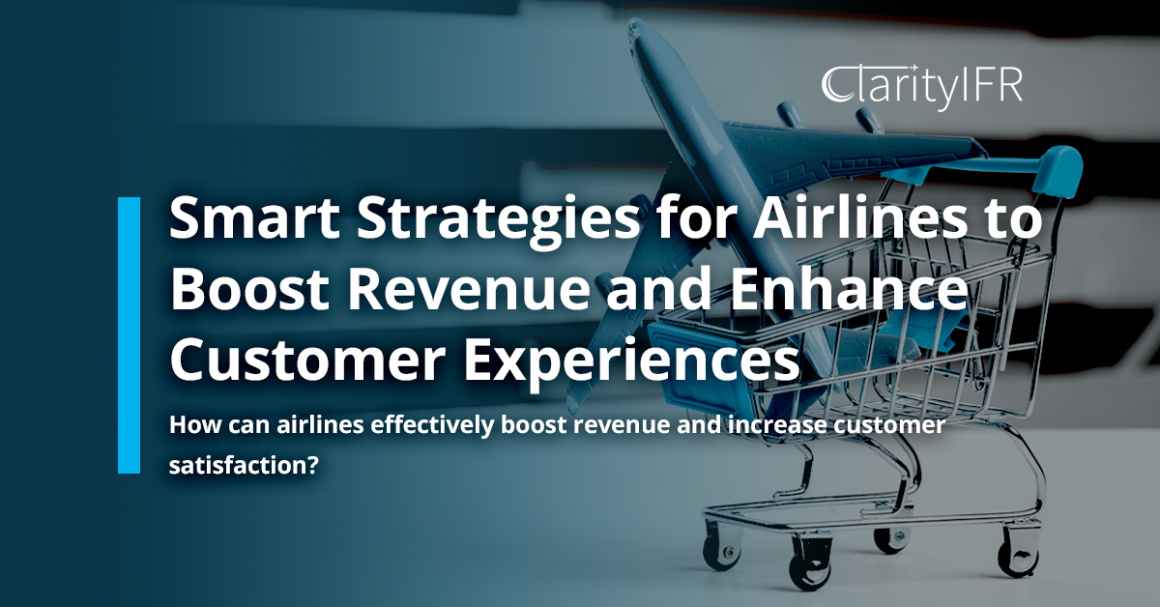Airlines have always sought to augment their revenues, even before the pandemic. One such method has been the increasing focus on ancillary revenues, or revenues that come from non-ticket sources. This strategy highlights the airline industry’s dedication to maximising profitability while prioritising customer experiences.
It’s no secret that the travel industry is constantly evolving, traditional selling methods do not cater to today’s tech-savvy customers. Standard merchandising includes offering too many options making choices difficult for customers.
Retailing, on the other hand, means recognising what the customers want, when they want it, how they want to shop – these few aspects require customer centricity that relates to the marketing of products that reflect how individuals live, work and travel.
Enter smart airline retailing. ‘Smart retailing’ uses advanced analytics and AI to personalise offers and experiences for customers – enhancing sales and improving customer satisfaction. Learn more from our guide.
Yet while it’s essential for airlines to behave like retailers, delivering a retail-powered future for airlines demands more than just new technology. For example, to attain real value out of AI, airlines must access high quality data to inform strategic decision-making – deploying merchandising solutions through dynamic bar-sets, freeing the crew from administering unwanted stock.
The key behind creating profitable aviation is through hyper-personalisation – delivering convenience, value, and experience to each customer. Based on the experience of best-in class retailers, the mantra behind every successful retailer includes the few following steps:
- Customer Segmentation
- Contextualisation of offer in real-time
- Target at the right time and stage of a customer’s journey
Customer Segmentation
Nowadays, airlines have understood that traditional customer segmentation in the airline industry by passenger class does not reflect the complex passenger’s behaviour.
Every customer has unique needs and a different perception of products and service values. If you understand those differences and are flexible in what you offer to each individual, you can gain a competitive advantage.
To do this, identify the right persona for your travellers. Customer segmentation is a strategy to divide customers into various groups or personas having similar characteristics wants and needs.
To begin with, the fulfilment of both empathy and emotions, requires airlines to focus on the total customer journey, by using factors like demographics, or segmenting your customers by trip purpose (i.e. why are they travelling). With this knowledge, airlines can achieve segmentation, and promotions if offered, should be personalised to enhance repeat business.
Contextualise your Offer in Real-Time
Now that we understand each persona’s different needs, the next step is to set the right context, so the customer understands the value that a recommended ancillary is going to deliver.
Customers want to be understood on a deeper level; this is often the result of targeted campaigns. Airlines must ask themselves “What can I do for our customer? What else can we sell that blend into their needs?”
Like every successful retailer, airlines can tap into such opportunity by utilising data that’s established from defined customer personas to deliver one 360-degree view of each customer and business key performance indicators. They can then evaluate this with real-time context like flight routes, duration, load factors and peak hours for ancillary recommendations across the customer journey.
We believe retailing powered by dynamic offer creation is the way for airlines to generate ancillary revenue opportunities and satisfy the demand of their modern consumers, building dynamic bundling and pricing based on customer insights and real-time customer engagement.
By prioritising data collection and analysis, they’ll be able to adapt and adjust to market conditions and consumer shopping patterns in real-time by constructing relevant and target-group specific offers. Doing so, airlines can unlock:
- Greater relevant offers driven by continuous customer searches, purchasing history and pricing algorithms which will significantly improve customer engagement and satisfaction.
- Customers will benefit from attractive, tailored offers that create better conversion rates for airlines.
- Improving customer choice based on demand forecasting will optimise sell-through rate, reduce costs, and increase supply chain efficiency.
Understanding the customer and what the customer loves increases marketing effectiveness and improves the customer experience.
Targeting at the Right Time and Stage of the Journey Enhances Customer Experiences
The lesson to take from this is that the best way to target customers is by only flying what you expect to sell. Taking advantage of your customer data and identifying key personas, selecting the right products to manage supply-chain efficiency can drive conversion rates to over 80%.
Travellers develop their needs as they proceed – airlines can use customer data to understand specific needs to determine behavioural factors, purchasing patterns and affinity factors for each persona.
The choice of product can be determined by the customer persona and contextualisation. This process should be targeted, considering when it will be needed the most. Nevertheless, the price should prove to be a good value – maximising airline profit and enhancing customer experience and loyalty.
Our solution: ClarityIFR attains real value out of passenger engagement driven from the data created. Allowing airlines to build customer-centric contextualised, and relevant offers those customers are willing to pay for based on similarity to their needs. From sourcing, developing and managing the supply of product to meet predicted demand and unlock buying behaviour, ensures the right order is delivered to the right customer, at the right time, on the right flight for the right price.
After all, the greater the data related to customer purchasing or non-purchasing behaviour, the greater optimisation of specific offers per flight. Which in all, airlines will be able to effectively enhance customer experiences.

